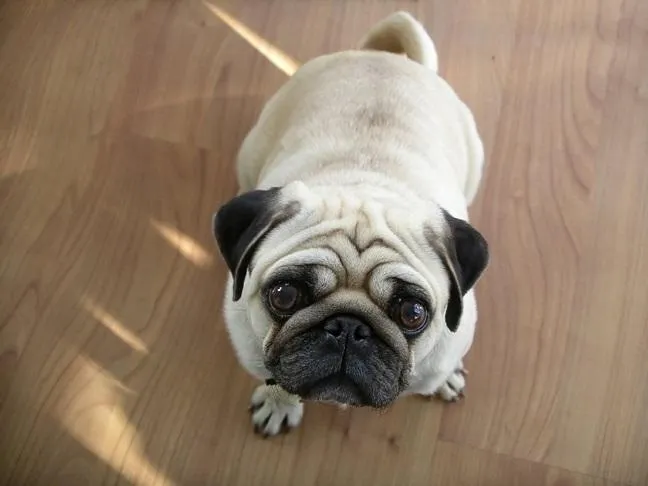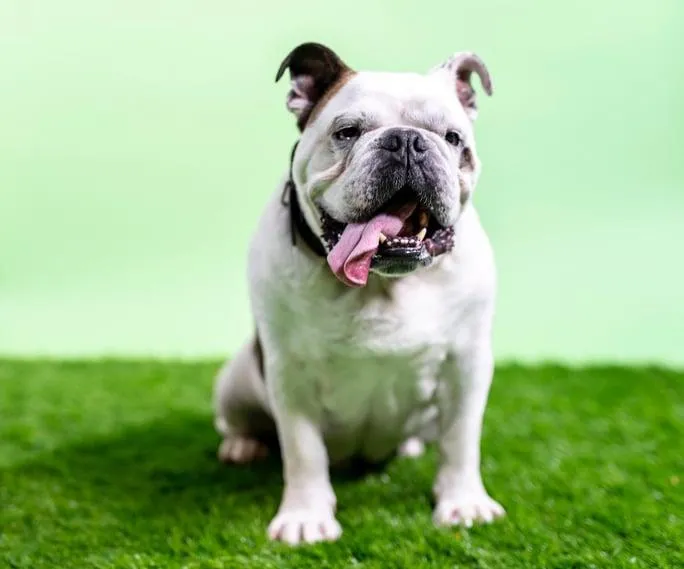Airline Options for Traveling With Brachycephalic Dog Breeds
As the owner of a pug named Winston, I understand the challenges of finding airlines willing to transport short-nosed dog breeds like pugs, bulldogs, and Boston terriers. These brachycephalic (“flat-faced”) breeds can experience respiratory issues due to their unique facial structure. In this article, I’ll reveal the airline policies and tips from my experience that may help you fly with your snub-nosed dog internationally.
Airline Restrictions on Brachycephalic Breeds
Many carriers have enacted restrictions on transporting brachycephalic dogs due to health and safety concerns. Let’s review some major international airlines’ policies:
- Delta: Allows brachycephalic dogs as passengers on certain international routes if certified by a vet as fit to fly. A veterinary waiver is required.
- American Airlines: Bans brachycephalic breeds as passengers on all flights due to respiratory risks. Some exceptions possible with a veterinary waiver.
- United: Does not restrict breeds but requires all snub-nosed dogs to have a veterinary health exam within 10 days of travel validating the animal is fit to fly.
- British Airways: Bans brachycephalic breeds in cabin or cargo during summer months due to heat risks. Veterinary exams required other times of year.
- Lufthansa: Allows brachycephalic dogs to fly internationally in cabin with proper pet documentation and veterinary clearance.
As you can see, policies vary significantly between carriers. Veterinary approval is key for travel on most airlines with brachycephalic dogs. With documentation, some options open up.
Preparing Your Brachycephalic Dog to Fly
If an airline allows your breed with clearance, proper preparation is crucial. From my experience, here are tips to help your short-nosed dog fly safer:

- Schedule a vet exam explaining your travel plans. Vets may provide tips to optimize respiratory health for the journey.
- Consider sedation or medication if your dog gets anxious during travel. Discuss options with your vet. Calm dogs tolerate flights better.
- Get your dog accustomed to their carrier before travel day through short training sessions at home. Positive reinforcement eases anxiety.
- Pro tip: I pack a battery-powered fan in Winston’s crate which he seems to really enjoy on hot flights. The airflow helps him feel comfortable.
- Choose direct flights if possible to minimize time your dog spends confined. Consider overnight routes while they’re likely to sleep.
With medical clearance and careful preparation, many brachycephalic dogs can tolerate flight. But their health risks require extra caution that some airlines can’t always provide during hot weather or long trips.
Alternative Transportation Options
If an airline absolutely won’t allow your breed, consider alternative modes of transport. Here are some options:
- Travel by private jet if budget allows. You control climate and have full run of the cabin with your pet.
- Book commercial flights with layovers in pet-friendly airports where you can rest and hydrate your dog between legs of the journey.
- Drive to your destination if it’s reasonably close, like from Europe to Africa. Your pet avoids confinement and stress of flight.
- Ship your dog as air cargo with a reputable vet-recommended company. Require temperature-controlled container and live signature delivery to destination.
- As a last resort, board your dog professionally near the airport while you travel alone. Then enjoy a vacation reunited!
With some creative planning, options exist even if air travel directly isn’t workable for your short-nosed companion’s needs. Their health should always come before convenience.
Hopefully this overview of airline policies and tips from my experiences gave you basically kind of a better idea of what’s possible for international travel with snub-nosed dogs. Let me know if you have any other questions! While it may require more work than flying a dog with “normal” features, lots of brachycephalic pups do travel the globe. You just got to be extra careful with them.

I hope this helps provide the information needed to safely transport your snub-nosed dog internationally. With the right precautions and paperwork, many airline options can work. But their health always comes first – so consider alternatives if necessary. With planning and care, our flat-faced friends can still see the world too. Let me know if any other questions come up!
Airlines that Accept Snub-Nosed Dogs as Emotional Support or Service Animals
| Airline | Requirements | Notes |
|---|---|---|
| Delta | Emotional support letter from licensed mental health professional | Snub-nosed dogs can travel cabin with owner as emotional support animal |
| United | ESA letter and veterinary health form | Snub-nosed dogs accepted as emotional support animals on flights within U.S. |
| American | ESA letter and immunization records | Snub-nosed dogs under 20 lbs can travel in-cabin as emotional support animals |
| Alaska | ESA letter and health/vaccination records | Accepts snub-nosed dogs under 20 lbs as emotional support animals |
| JetBlue | ESA letter and health/vaccination records | Accepts snub-nosed dogs under 20 lbs as emotional support animals with proper paperwork |
FAQ
-
What international airlines allow snub-nosed dogs as cargo or in the cabin?
Several major airlines will transport snub-nosed dogs, including:
- Delta – allows snub-nosed dogs as cargo on international flights if they meet size and health requirements.
- United – permits snub-nose breeds like pugs or bulldogs to fly as cargo on international routes.
- American Airlines – carries snub-nosed dogs in the cargo hold on overseas journeys when rules are followed.
However, these airlines may reject dogs that are very young, very old, sick, or overweight. Always check policies carefully in advance.
-
Do I need any special documents for an international flight with a snub-nosed dog?
Yes, you’ll need some extra paperwork beyond a regular pet passport. Documents will include:

- An International Pet Travel Certificate from a vet within 10 days of travel.
- Proof of rabies vaccination at least 30 days before departure.
- Health certificate no older than 10 days on arrival.
You may also need to book cargo space or an airline-approved carrier well in advance. Per country rules vary, so do your homework!
-
Is it true that snub-nosed dogs have problems with air pressure on planes?
It’s kinda true – their short snouts mean they can’t breathe as easily as other dogs. Changes in cabin air pressure during takeoff and landing can potentially cause issues. Most vets advise against long flights for brachycephalic (flat-faced) breeds. The higher the altitude and longer the flight, the greater the risk. Nonetheless, many pugs and bulldogs do fly internationally with proper veterinary OKs.
-
What are some tips for preparing a snub-nosed dog for an international flight?
To give your squished-face pooch the best shot at a smooth journey:
- Get a checkup and clearance from your vet well in advance.
- Consider sedation or oxygen if it’s a lengthy flight.
- Bring water and snoods/goggles to help them relax.
- Book direct flights with minimal stops/layovers when possible.
- Pack their fave toys/blanket for comfort.
Most importantly, truly assess if they can handle the physical and mental stresses of flying before booking tickets! Their wellbeing comes first.

-
Is it awful taking a brachycephalic dog on a really long international flight?
Transporting snub-noses on mega-long hauls spanning 10+ hours each way seems insanely risky despite any precautions. Their extreme facial structure means oxygen deprivation can occur fast at high altitudes. Even with meds and specialized carriers, isn’t the stress just too intense? Perhaps look at driving, taking a boat, or using ground transportation instead for really distant trips. Your pup’s health and comfort should come before anything. In the end, consider if it’s actually fair to put them through such an ordeal.
-
Do you have any other tips after flying internationally with your pug?
When I took my pug Schniffles to visit relatives in Austria a few summers ago, it was kind of a nightmare – he freaked out so badly during takeoff and landing that he barfed. But despite the mess, he arrived okay thanks to sedation prescribed by our vet. In retrospect, I’d also advise bringing paper towels, choosing red-eye flights when possible for quicker trips, and asking cabin crew for extra water breaks mid-flight. Oh, and don’t ship as cargo unless an dire emergency! Being with your pup seems way less stressful for both of you.
